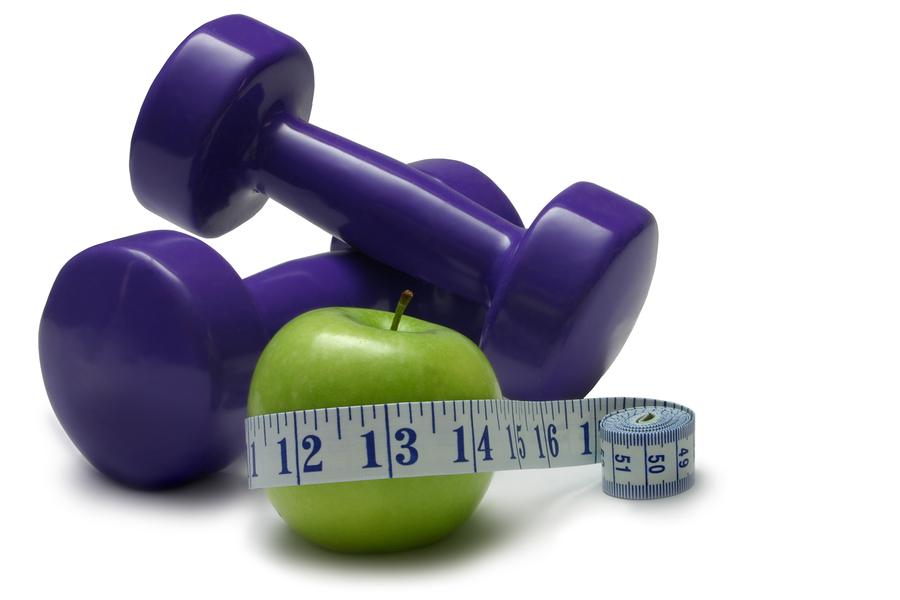How to Start a Workout Routine
How to Start a Workout Routine
As the year winds down and winter draws closer, main people are starting to look at how they can develop or maintain a healthy lifestyle. When it comes to exercising and eating right, the hardest part for most people is often figuring out how to get started. This article will focus on tips for getting started on this journey as well as how to build workouts and other exercise into a weekly routine.
The general recommendation for routine physical activity is 30 minutes a day. However, it is important to note that even on days when 30 minutes is difficult to achieve, 10 or 15 minutes of physical activity is still more beneficial than doing nothing at all. When it comes to starting a fitness program, the first step of the process for anyone should always be assessing their personal level of fitness. In general, this process involves measuring heart rate, pulse, BMI and other factors to determine a person’s overall starting point. This information can then be used to determine target pulse rates during certain parts of a routine, or they can be used to help set weight loss goals. During this assessment. It is also important to measure performance in specific areas of activity such as a timed mile run or the number of push-ups a person can do, because knowing these start points allows them to create a work out routine tailored to their own personal needs and abilities.
Helen Lee Schifter recommends that once fitness levels have been assessed, the next step is to start designing a weekly routine. The routine should not only address the needs and goals of an individual, but it should also be balanced appropriately. This means vigorous and moderate physical activity should be separated between days of the week, and plans should incorporate exercises that are designed to work all core muscle groups. Those who are designing workout routines for the first time should ease their way into a program by setting small goals in order to avoid serious injury or fatigue.
The next step in the process is to purchase or prepare any equipment or devices required for the routine. For some people, this means purchasing exercise bikes and other related equipment. For others, it might simply mean buying running shoes and workout clothes to enhance or feel more comfortable during workout activities. Helen Lee Schifter also recommends the use of smartwatches and smart phone apps to track time, distance, heart rate and other relevant information.
Once the plan is in place, it’s time to get started with a routine. While the right routine varies from person to person, all routines should allow for pacing, flexibility and breaks. Beginners should start slow and gradually increase intensity along with their increased strength and endurance. If necessary, activity should be broken up into segments so that there is proper time for recovery. Lastly, performance should be continually monitored and assessed to ensure previous goals are met and future goals can be set.

